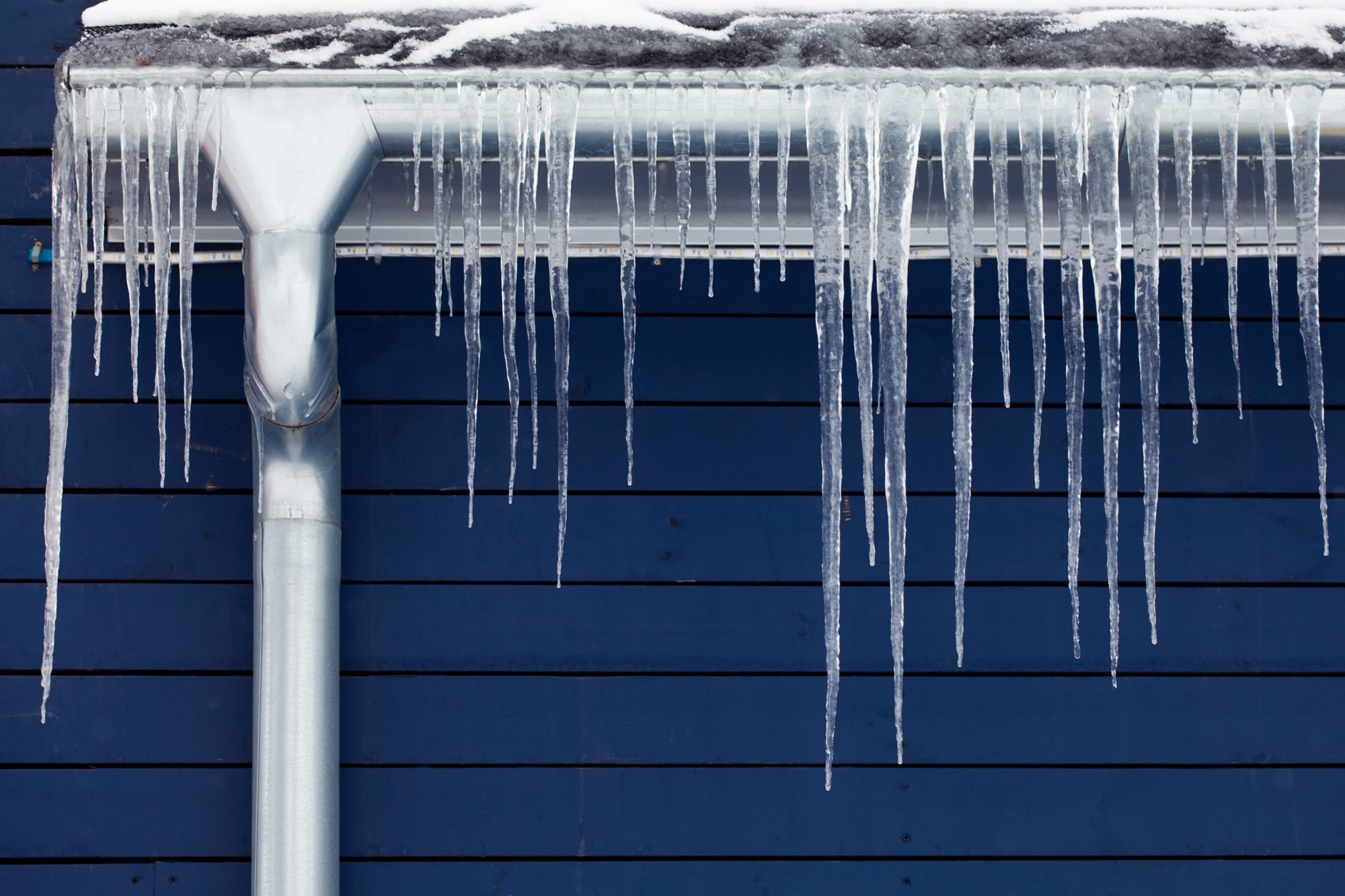Tips to Defend Plumbing System from Cold Weather: Critical Strategies
Tips to Defend Plumbing System from Cold Weather: Critical Strategies
Blog Article
Do you find yourself hunting for details around How to prepare your home plumbing for winter weather?

Winter can damage your plumbing, specifically by freezing pipelines. Below's exactly how to stop it from occurring and what to do if it does.
Introduction
As temperatures decline, the threat of frozen pipelines increases, possibly resulting in pricey repair services and water damage. Understanding how to avoid icy pipelines is important for homeowners in cold environments.
Prevention Tips
Insulating susceptible pipelines
Wrap pipes in insulation sleeves or use heat tape to shield them from freezing temperatures. Concentrate on pipelines in unheated or outside areas of the home.
Home heating techniques
Keep indoor spaces sufficiently warmed, especially areas with pipes. Open cupboard doors to permit warm air to distribute around pipes under sinks.
How to recognize icy pipelines
Seek lowered water circulation from faucets, unusual odors or noises from pipelines, and noticeable frost on subjected pipes.
Long-Term Solutions
Structural adjustments
Consider rerouting pipes far from outside wall surfaces or unheated areas. Add added insulation to attic rooms, basements, and crawl spaces.
Upgrading insulation
Buy high-grade insulation for pipelines, attics, and wall surfaces. Appropriate insulation helps keep constant temperatures and lowers the danger of icy pipes.
Protecting Outside Plumbing
Yard tubes and outside faucets
Detach and drain pipes garden tubes before wintertime. Install frost-proof spigots or cover exterior faucets with protected caps.
Recognizing Frozen Pipes
What creates pipes to freeze?
Pipes freeze when exposed to temperatures below 32 ° F (0 ° C) for extended periods. As water inside the pipes freezes, it expands, putting pressure on the pipe wall surfaces and possibly creating them to break.
Threats and problems
Icy pipes can cause water system interruptions, building damages, and costly repair work. Burst pipelines can flood homes and cause considerable architectural damage.
Indicators of Frozen Water Lines
Determining icy pipes early can prevent them from breaking.
What to Do If Your Pipes Freeze
Immediate activities to take
If you believe frozen pipes, keep faucets open up to alleviate stress as the ice thaws. Make use of a hairdryer or towels taken in hot water to thaw pipelines gradually.
Verdict
Stopping icy pipelines needs aggressive procedures and quick responses. By understanding the causes, indications, and preventive measures, property owners can secure their pipes throughout cold weather.
5 Ways to Prevent Frozen Pipes
Drain Outdoor Faucets and Disconnect Hoses
First, close the shut-off valve that controls the flow of water in the pipe to your outdoor faucet. Then, head outside to disconnect and drain your hose and open the outdoor faucet to allow the water to completely drain out of the line. Turn off the faucet when done. Finally, head back to the shut-off valve and drain the remaining water inside the pipe into a bucket or container. Additionally, if you have a home irrigation system, you should consider hiring an expert to clear the system of water each year.
Insulate Pipes
One of the best and most cost-effective methods for preventing frozen water pipes is to wrap your pipes with insulation. This is especially important for areas in your home that aren’t exposed to heat, such as an attic. We suggest using foam sleeves, which can typically be found at your local hardware store.
Keep Heat Running at 65
Your pipes are located inside your walls, and the temperature there is much colder than the rest of the house. To prevent your pipes from freezing, The Insurance Information Institute suggests that you keep your home heated to at least 65 degrees, even when traveling. You may want to invest in smart devices that can keep an eye on the temperature in your home while you’re away.
Leave Water Dripping
Moving water — even a small trickle — can prevent ice from forming inside your pipes. When freezing temps are imminent, start a drip of water from all faucets that serve exposed pipes. Leaving a few faucets running will also help relieve pressure inside the pipes and help prevent a rupture if the water inside freezes.
Open Cupboard Doors
Warm your kitchen and bathroom pipes by opening cupboards and vanities. You should also leave your interior doors ajar to help warm air circulate evenly throughout your home.

I am just very curious about How to prepare your home plumbing for winter weather and I really hope you enjoyed the blog posting. Those who liked our blog entry kindly make sure you remember to share it. I take joy in reading our article about How to Prevent Your Pipes From Freezing.
Details Report this page